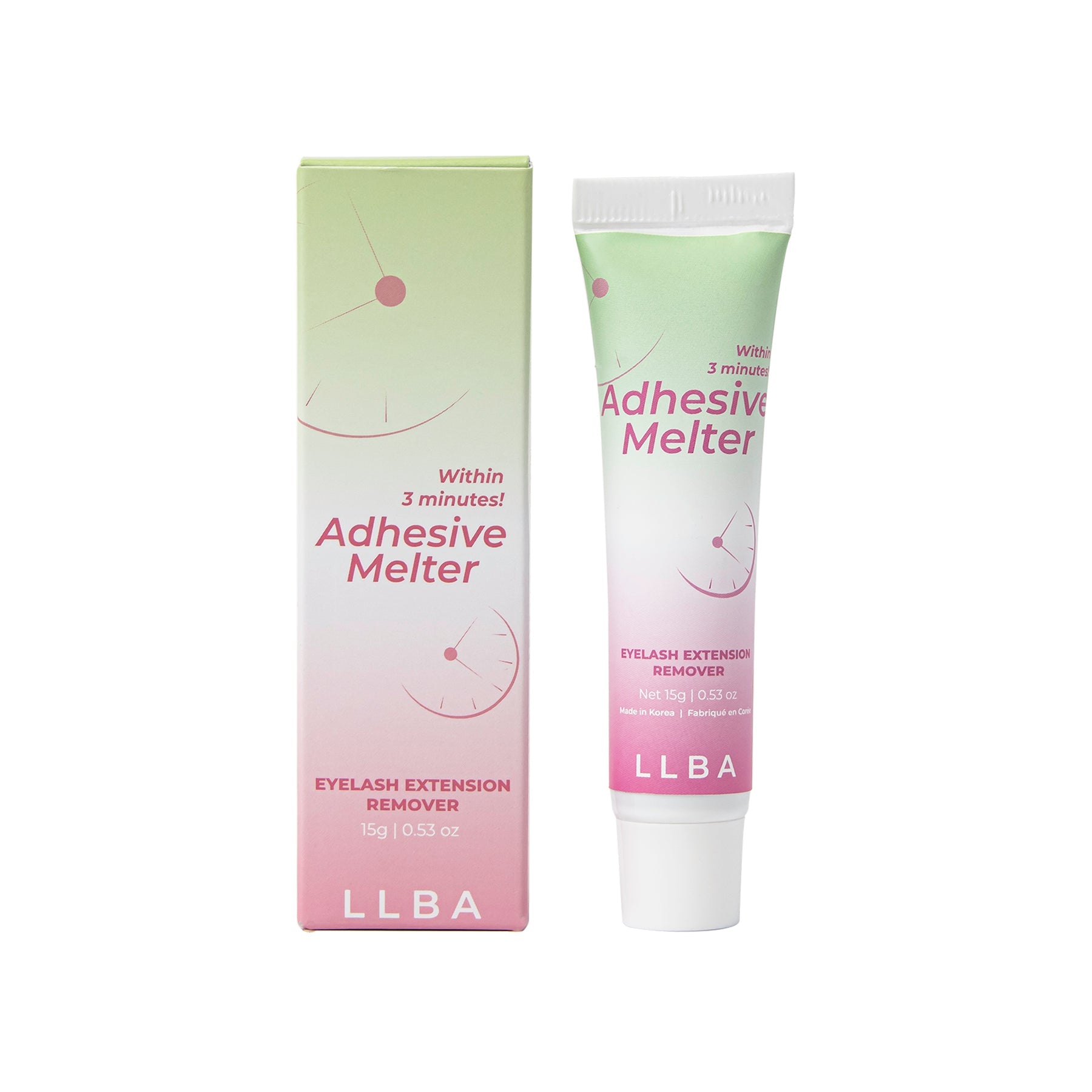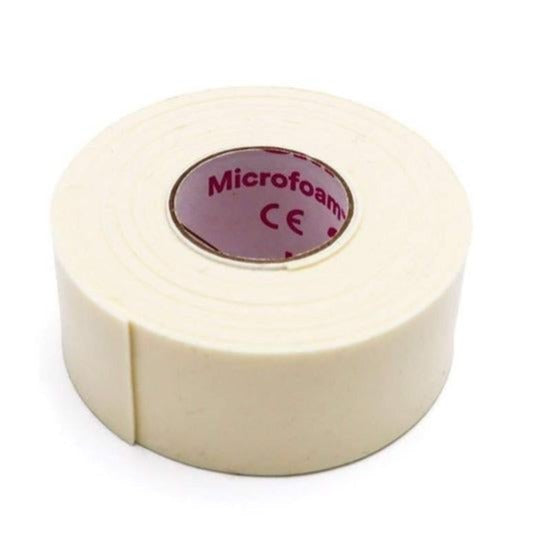3 Common Issues With Volume Lash Extensions & Fixing Tips
Volume lash extension is the go-to choice for clients who want to up their eyelash game. Volume lashes make the natural lash line appear fuller and denser.
But getting them right is no walk in the park—they’re more complex than your classic lashes.
If you’re trying to refine your volume lash technique but are seeing no improvement, we can provide the assistance you need.
Here are three of the most common issues with volume lash application and the best way to fix them:
Poor Lash Placement
Volume lash extensions require the application of multiple lashes per natural lash, which creates the feathery and dramatic look your client desires.
If you get the placement wrong, the natural lashes won’t support the extensions, and they will fall off. They may also pull on the natural lashes and become uncomfortable.
Placement issues can stem from not applying the lashes flush against the lash line or too far from it. It can also mean placing a fan where it shouldn’t be.

The Solution
So how do you get the lash placement right?
You need more practice applying volume lashes and also some lessons on technique!
Applying volume lashes is slightly trickier than classic lashes. You need to learn how to master placing them at the right position on the lash line and learn how to check whether bases are flush with natural lashes.
Another thing that will elevate your skills is learning the best placement for each lash. With volume fans, you want to learn how to keep distance between each fan so they don’t overlap.
We understand that lash placement is a complex technique that requires a certain level of expertise. Our Volume Training Manual goes in-depth to address subjects like:
- How to choose the right diameter;
- Effect of diameter on weight;
- Volume fans;
- Lash wrapping;
- How to choose the correct lash mapping and style;
- Layering and texturing;
- And everything related to creating the perfect volume lash extensions your clients will love!
Unsymmetrical Lash Fans
If your clients aren’t happy with their volume lash extensions, it might be because the lashes aren’t creating the desired effect.
This can result from poor application skills or knowledge of volume lash techniques. For example:
- Placing too many or too heavy fans on the lashes and weighing them down;
- Poor understanding of volume fans, resulting in sloppy extensions;
- Poor technique of picking up and placing fans;
- Choosing the wrong length;
- Poor mapping skills.

The Solution
The solution to unsymmetrical lash fans is easy — taking care when picking up and creating fans.
When picking up fans, pull lashes up and toward you. Avoid pulling them sideways or backwards. Make sure to hold the lashes straight and perpendicular to the eye when applying them.
When creating fans, take your time to ensure they’re well aligned. Map out the client’s lashes to understand what lash lengths to place where to create a symmetrical look.
You also want to know ideal lash placement based on lash diameters and natural lash capacity.
Too Much Adhesive
Another common error technicians make with volume lash extensions is applying excessive adhesive.
This is a problem for multiple reasons. First, the adhesive can come in contact with the skin and cause adverse reactions, such as itching, irritation, or burning.
Another issue is the weight. Adhesives are heavy on natural lashes; this added weight stresses the natural hair and results in poor retention.
Using too much adhesive can also cause the fans to close or clump, creating an uneven arrangement that can cause the lashes to fall off.

The Solution
Applying the right amount of adhesive is the obvious solution to this dilemma. But it is easier said than done—if you apply too little, the lashes will easily fall off.
The key to getting the amount of adhesive right is understanding humidity levels and their effect on the adhesive.
You should also store your lash adhesives correctly so they don’t lose their binding properties. Shake them thoroughly before use.
Take your time when cleaning and prepping the client’s lashes for lash application.
Lastly, your client’s discomfort is a sign that you’re not doing it right. So you can benefit from taking a step back during appointments to check in on your client.
The type of adhesive you need to use may change based on the client’s lashes, allergies, and other elements.
What you truly need is expert guidance on optimal adhesive application. Our Volume Training Manual covers the basic tips and suggestions to help you improve your technique.
It covers valuable topics such as:
- Adhesive properties;
- Lash porosity;
- Adhesive environment;
- Chemical burn;
- Allergies, sensitivities, and patch tests;
- Medical-grade vs. non-medical-grade adhesives.
You can learn about all the elements that impact the efficiency of your adhesive application and overall lash retention.
Adhesive application is a crucial skill every lash technician needs to master to deliver impeccable extensions while ensuring a comfortable experience for the client.
Volume Eyelash Extension Training
Whether you’re still a beginner or an expert who’s mastered everything but their volume lash technique, you need a comprehensive volume lash extension guide.
The Volume Training Manual does more than simply teach you how to master volume lashes. It also gives you all the information needed to start your lash technician career or take it to the next level. It covers every aspect of volume eyelash extension, from disinfecting lashes and taping tricks to infills and lash removal.
What’s more?
This manual also covers business-specific topics, such as pricing, consent and discharge forms, marketing, insurance, and more.
It is available as an instant digital download in PDF format. You can read it on any device or even print it as a reference.




















